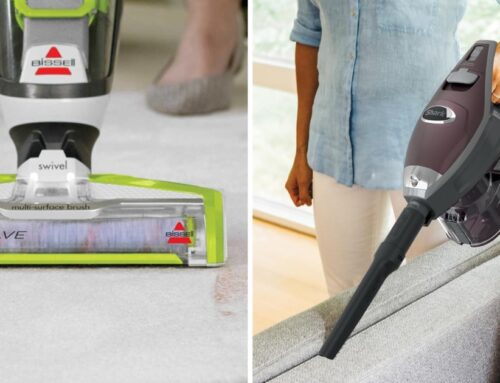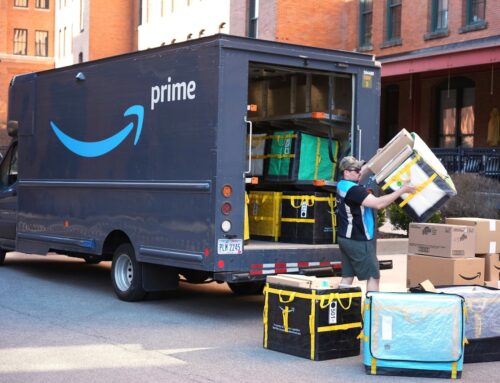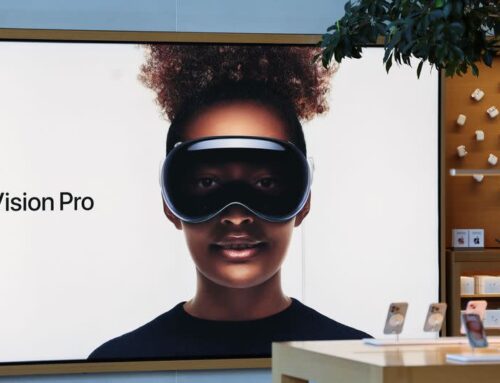‘I speak lead’: Through fungi and stories, Cleveland advocates tackle environmental justic
October 2, 2025
Robin Brown’s former home sits on the corner of East 116th and Luke Avenue, in Cleveland’s Mount Pleasant neighborhood. Today, the home is abandoned; porch floorboards are torn up, paint chips are peeling off the side of the home, and windows are broken.
However, this vacant home ended up changing Brown’s life in a way she would’ve never expected. Brown says she was driving to pick up her daughter from daycare when she received a phone call from her daughter’s physician with some startling news.
“I got notice of my four-year-old having a lead result of 70 micrograms per deciliter,” Brown recalls.
Her daughter’s lead level was 20 times higher than the federal limit for what is considered deadly for children under five. Her daughter’s physician later told her that Brown’s daughter could’ve suffered from seizures, fallen into a coma, or possibly died.

Chris Maurer
It turned out Brown’s home was to blame. Lead poisoning from the paint had entered her daughter’s bloodstream, leading to the elevated levels.
Brown rushed her child to the hospital to undergo chelation therapy — a procedure where doctors inject agents to remove heavy metals from one’s bloodstream. They ended up staying in the hospital for five harrowing days.
After her daughter was discharged, Brown had to make some big changes in her life. She and her family were already in the process of moving, and a contractor she hired during that time provided more help than the doctors in understanding the issue of lead poisoning.
“I asked a bunch of questions,” Brown says. “‘What does this mean? Why is lead so dangerous?’ And, all of that he answered for me.”
Her daughter recovered and now works as a social worker. Brown herself lives in a home with less risk of lead exposure. She says that since that day, her whole life has been dedicated to advocacy.
“I committed myself by putting my arms up and saying, ‘Not another child, especially Black and brown, will be poisoned, as long as I got breath in my body,’” Brown says. “And I’ve been doing just that since 1999. Outside of the time I’m sleeping, I speak lead.”
Seeking stories and answers
Brown’s story is a familiar one in Cleveland. Lead poisoning in Cleveland’s children is four times higher than the national average.
Now, Brown and other community advocates across Cleveland are coming together to address these inequities at an exhibit opening Friday, Oct. 3 at the Rice branch of the Cleveland Public Library, on the city’s East Side. The goal is to provoke conversation about how environment can impact health, behavior and even socioeconomic status.
Chris Maurer, an architect and founder of Redhouse Studio, has developed a way to make older homes safer for people and the environment. Through mycelium, a byproduct of mushrooms, demolition crews can take construction waste with hazardous heavy metals, like lead, and turn them into sustainable materials to build new, safer houses.

Chris Maurer
“What we’re looking at doing is to have these homes that are, unfortunately, poisoning people become healthier homes and we can use these fungal organisms to do that,” Maurer said.
The final products are blocks and panels, made from mushrooms and construction waste. The blocks are about the size of a tissue, but are completely solid. They have the color and texture of wood, but the blocks are much lighter and have a smaller carbon footprint.
He’s constructed a booth for the library exhibit made of the mushroom byproduct for people to see what sustainable building can mean for Cleveland. The booth will also contain microphones for people to share their own stories about how they’ve been affected by environmental racism in their communities.
The exhibit will also host photos and stories from residents across Cleveland who are finding ways to deal with environmental racism in their communities. The community stories will go to the event partners, including the Saint Luke’s Foundation and the nonprofit, Collective Citizens Organized Against Lead, founded by none other than Robin Brown.
Maurer says this exhibit can help address Cleveland’s inequities.
“We are going to use the exhibit to tell the stories of people affected by the built environment that’s poisoned either themselves or their children,” Maurer explains. “Hopefully, we can gather ideas on solutions going forward.”
The exhibit will stay open to the public until January.
Search
RECENT PRESS RELEASES
Related Post




